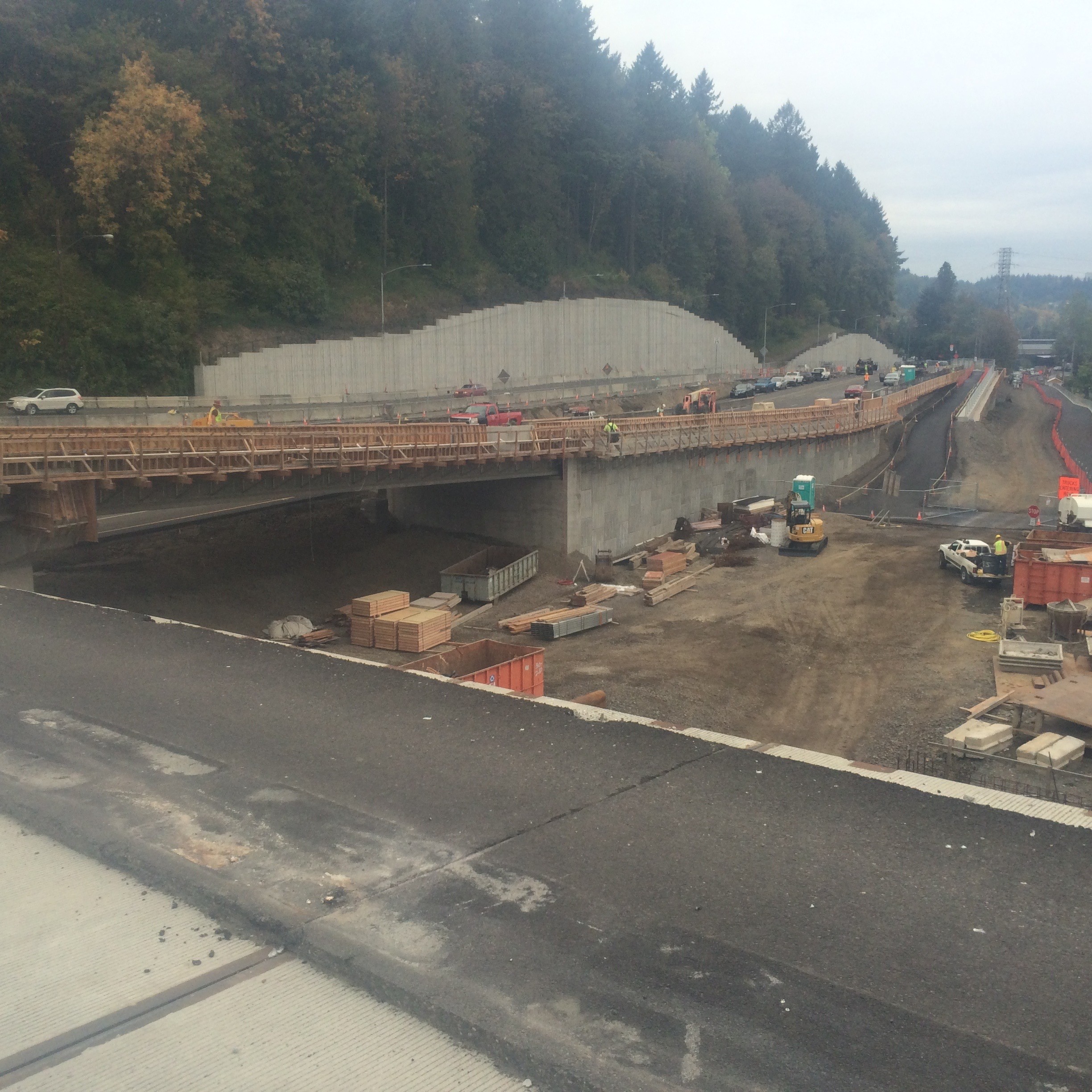
Updated:
An Interactive Webbook on Foundation, and Retaining Wall Construction
All structures and facilities must transfer their load into or onto some surface. Of course, most of the time, the surface is ultimately the earth. This load transfer occurs when the foundation contacts and then interacts with the soil. Imagine the types and sizes of the foundations for the Golden Gate Bridge, the Hoover Dam, and the Eiffel Tower. These iconic structures’ foundations are massive and complex; however, even the foundations for single family homes work on the same basic principles as those of big and complex projects.
How many different types of retaining walls can you name? Maybe you never knew there were different types at all. There are over ten types of retaining walls, and the project decision to choose a particular wall system largely depends on the site conditions. Retaining walls retain the earth and are used for various reasons. On heavy civil construction projects, it is common to see retaining walls.
This webbook unit covers the general aspects of foundation construction, and general aspects of retaining wall construction. In addition the webbook provides comprehensive discussion of 19 typical items of work related to those two scopes of work, focusing on the ‘what and how.’ This in-depth knowledge will give the reader a solid foundation for real-world applications in the field.
To effectively and safely construct an item of work related to foundations and retaining walls, one must learn to characterize foundation construction, and retaining wall construction.
One must know how to identify the scope of work for related items of work, learn how to identify the applicable work tasks, and know how to conduct work planning and cost estimating analyses. One must also know how to integrate and sequence the work tasks to develop the project schedule, understand the related testing and sampling, and field inspections for overseeing the specific items of work, and the related performance analyses during construction.
Technology is transforming the learning environment, but one thing that remains the same is that learners want engaging, real-world content. To that end, we have gamified learning in this webbook unit by incorporating several interactive and engaging elements throughout. We hope this will help focus and engage the learner. We are aware that people’s attention spans have become shorter in recent years, and it is essential to provide meaningful real-world tools for work and for learning to meet the needs of today’s learners, which is exactly what we have done in this webbook unit.
Enrolled by
What You’ll Learn?
Content Modules
How to Read the Webbook Units, the Writing Format for the Items of Work, Attached Contract Drawings, and Time to Complete
General Aspects of Foundation Construction
Shallow Foundations
Timber Pile
Precast Concrete Pile
Prestressed Concrete Pile
Steel H-Pile
Steel Pipe Pile
Rammed Aggregate Pier Foundation
Drilled Concrete Piles with or without Permanent Steel Shell or Casing
Pile Load Test
General Aspects of Retaining Wall Construction
Concrete Masonry Unit
Gabion Wall
Reinforced Concrete Retaining Wall
Modular Block Retaining Wall
Precast Sound Wall (Precast Panels)
Mechanically Stabilized Earth Wall
Sheet Pile Wall System
Soldier Pile Retaining Wall
Soil Nail and Shotcrete Wall
Secant and Tangent Drilled Shaft Wall Systems with Cased or Uncased Shaft
Commentary on Submittals, RFIs, Specifications, Drawings, BIM Technologies, and AI in Construction
Characterization of Construction Project Control Areas
Practice Exercises at the End of Foundation, and Retaining Wall Construction
How to Videos for Daily Cost Analysis, and Work Planning and Cost Estimating
Student Review
(
0 review)
Similar Webbook Units
Level
Time to Complete
Lessons
Language
Rating